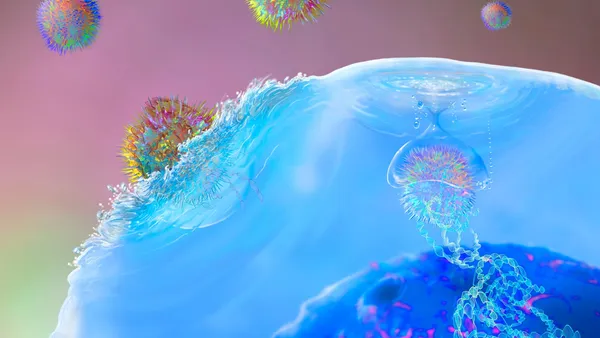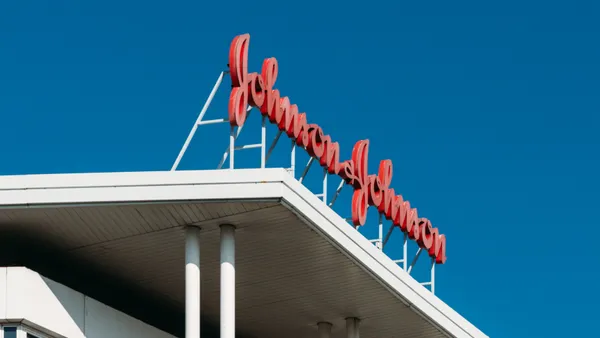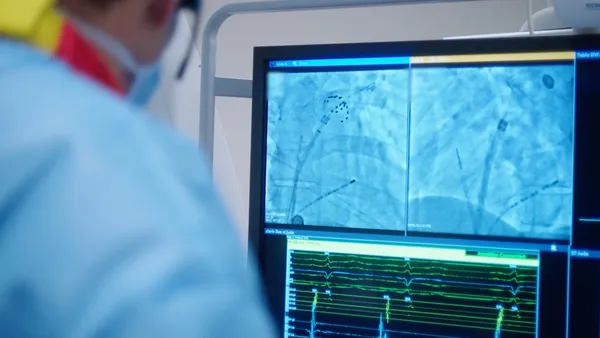Dive Brief:
- Updated data on Grail’s multi-cancer early detection blood test Galleri suggest the diagnostic is less accurate than previously thought.
- Last year, Grail reported that 44.6% of patients with positive test results actually had cancer. In the latest analysis, the figure, known as the positive predictive value, has fallen to 38.0%.
- News of the falling predictive power seen in the study, which used an old version of Galleri, comes amid growing doubts about the fate of the Illumina-Grail merger, which the European Commission has blocked.
Dive Insight:
The study, PATHFINDER, is assessing the real-world use of an early version of Galleri in participants aged 50 and up, with or without additional cancer risk factors. Last summer, Grail presented data from the study and began selling an updated version of the diagnostic as a laboratory-developed test in the U.S.
Grail used the European Society for Medical Oncology congress to provide an update on PATHFINDER. The headline finding is that the positive predictive value has fallen between the two analysis, meaning that a higher proportion of people underwent follow-up procedures despite being cancer free. Most of the false positives were cleared up after diagnostic imaging, which was used on 93.0% of the patients, but 29.8% of the participants with false alarms underwent invasive procedures.
The study suggests a refined version of the test performs better. While Grail primarily tested an early version of Galleri, which differs from the commercial product, in the study, it also used a refined version of the diagnostic on banked samples. The results from the refined test were not returned to physicians.
Grail saw 25 true positives and 33 false positives using the refined test, resulting in a positive predictive value of 43.1%. While an improvement on the results from the early version, the predictive value is still lower than that reported on the older diagnostic last summer. The old test was better at predicting the origin of the cancer, achieving a 97.1% success rate compared to 88.0% for its successor.
The data could weaken Grail’s hand as it tries to turn Galleri into a commercial success in a new market targeted by rivals such as Guardant Health, Exact Sciences and Freenome. Galleri has yet to win Food and Drug Administration authorization, and, like most tests without the agency’s stamp of approval, lacks reimbursement coverage. Grail previously discussed seeking approval in 2023, although that was before the Illumina merger saga began.










